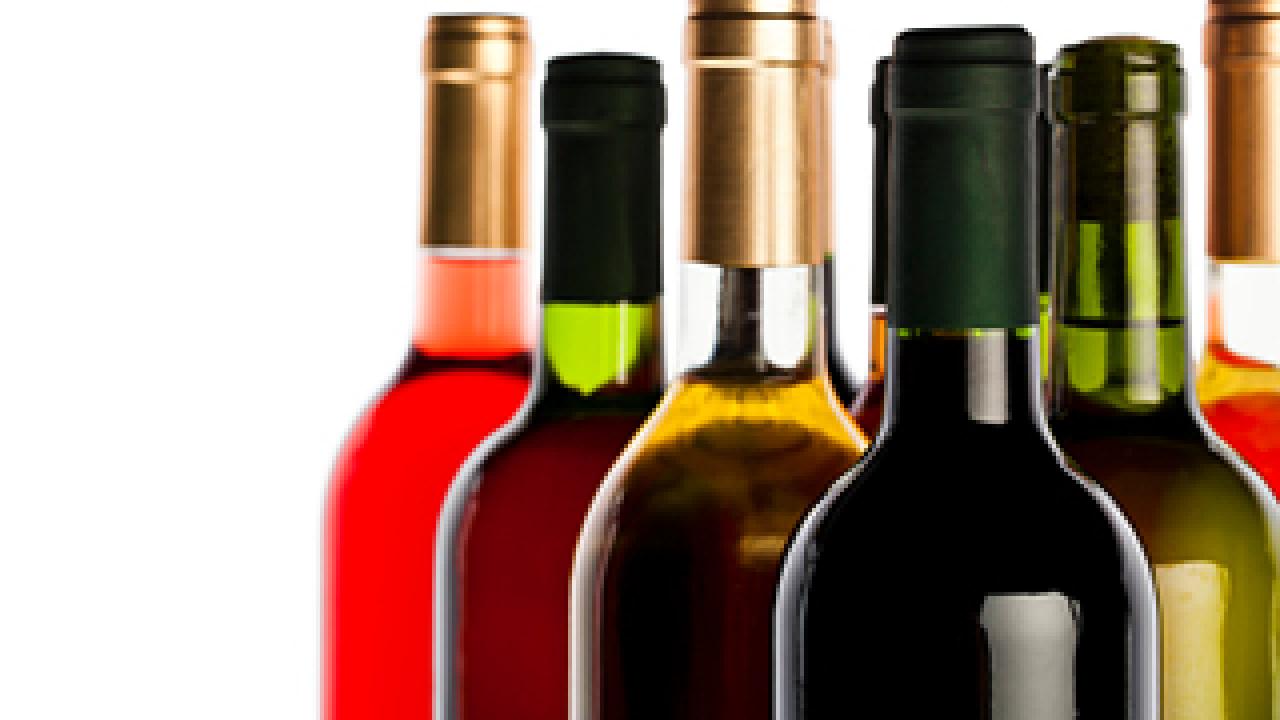Despite a significant, long-term shortage of grapes and economic pressures that are putting the squeeze on profit margins, California wine industry leaders are cautiously optimistic about the future, according to two new surveys conducted by the University of California, Davis.
Findings from the surveys of wine executives and winemakers were presented today during the Wine Industry Financial Symposium at the Napa Valley Marriott in Napa, Calif.
“Industry leaders agree that while the somewhat giddy wine-buying days of 2006 and 2007 are not likely to return in the near future, there remains a strong and growing consumer base for California wines,” said Robert Smiley, an emeritus professor and former dean of the UC Davis Graduate School of Management.
“These consumers are savvy, value-conscious wine drinkers who have weathered the economic downturn and perhaps have ‘reset’ their wine preferences at lower prices,” he said. “Industry executives realize that they are going to have to earn their business by offering affordable quality and customer service.”
Smiley has surveyed wine executives for each of the last 11 years and winemakers for 21 years. The influential surveys examine global and national trends in the wine industry. They complement other wine research and teaching at UC Davis, home for more than 100 years to the largest and most comprehensive university wine program in the United States.
Survey of wine executives
Smiley’s 11th annual wine executives survey gathers opinions and projections from the heads of 24 leading wine operations. Most of the respondents represent wine companies; others are from operations that range from grape-growing and wine-distribution firms to financial institutions.
This fall’s harvest of California wine grape appears to be strong, but it will not make up for several years of shortfall, Smiley said.
Most of the survey participants noted that they are dealing with a grape shortage resulting from a growth in demand for wine that has not been matched by establishment of new vineyards or replanting of aging vines.
As a result, the wine producers are paying higher prices for grapes, establishing or extending contracts with grape growers, and buying grapes from other countries. They also are using grapes from broader appellations — buying fruit from vineyards beyond the most premium areas for specific wine-grape varieties. And they are planting new vineyards.
As wine-grape prices and other operating costs climb, the wine producers are being hit from the other side by wine prices that remain stagnant. To survive this economic squeeze, they are boosting wine prices when the market will bear an increase, reducing their operating costs, fine-tuning operating efficiencies and strengthening their relationships with wine-grape growers.
According to Smiley's survey, many of the industry leaders are hopeful that, as the economy gradually recovers, consumers will return to buying higher-priced wines, although probably not at the level of “conspicuous consumption” that marked wine sales in 2006 and 2007.
Furthermore, many of the wine executives said their firms are struggling with a shortage of vineyard laborers, noting that there are fewer people in the farm labor pool. When harvest of other crops in the region overlaps with wine-grape harvest, growers often find themselves scrambling for field workers.
To deal with the labor shortage, many survey respondents said they are increasing wages and benefits to attract employees, using labor contractors, and increasing their use of mechanization for harvesting.
Survey of wine professionals
Smiley’s survey of California wine professionals, now in its 21st year, tapped the opinions of 138 winemakers.
More than 30 percent of the respondents predicted that the California wine industry will continue to grow and prosper in the next few years, reflecting a growing optimism about the industry’s future.
They noted that in the past two years, there has been a new emphasis among wine consumers on value, new varietals, new tastes and “affordable luxury.”
Many observed that today’s consumers are influenced much less by brand loyalty and more by social media when making purchasing decisions.
Meanwhile, the wine professionals said that social media played a moderately important role in their own businesses. Most cited Facebook, followed by Twitter, company blogs and LinkedIn, as their preferred social media tools.
The wine professionals predicted that during the next three years the strongest demand among red wines would be for Cabernet Sauvignon, Pinot Noir and red blends. Among white wines, they predict that the greatest consumer demand will be for Chardonnay, Muscat and Sauvignon Blanc, followed very closely by Pinot Grigio.
They expect to see the strongest growth in sales among wines in the $10 to $14 and $14 to $20 price ranges.
About the UC Davis Graduate School of Management
Dedicated to preparing innovative leaders for global impact, the UC Davis Graduate School of Management is consistently ranked among the premier business schools in the United States and internationally. The school’s faculty members are globally renowned for their teaching excellence and research in advancing management thinking. Each year, the school provides a bold, innovative approach to management education to 110 full-time MBA students at the UC Davis campus and nearly 400 part-time MBA students in Sacramento and the San Francisco Bay Area. A Master of Professional Accountancy degree program launches in fall 2012. More information about the school.
Media Resources
Pat Bailey, Research news (emphasis: agricultural and nutritional sciences, and veterinary medicine), 530-219-9640, pjbailey@ucdavis.edu
Robert Smiley, Graduate School of Management, (530) 752-7662, rhsmiley@ucdavis.edu
